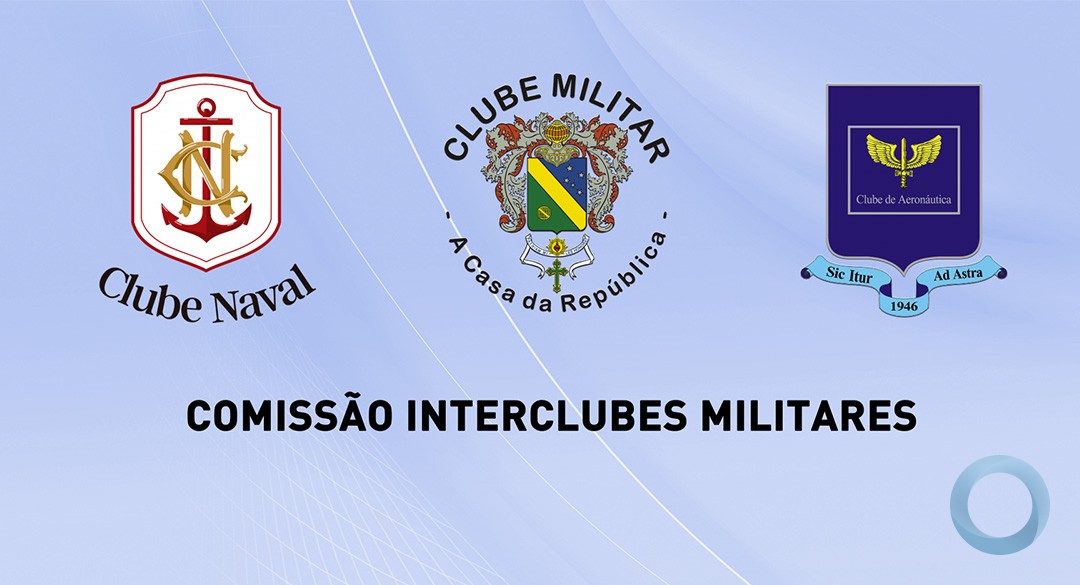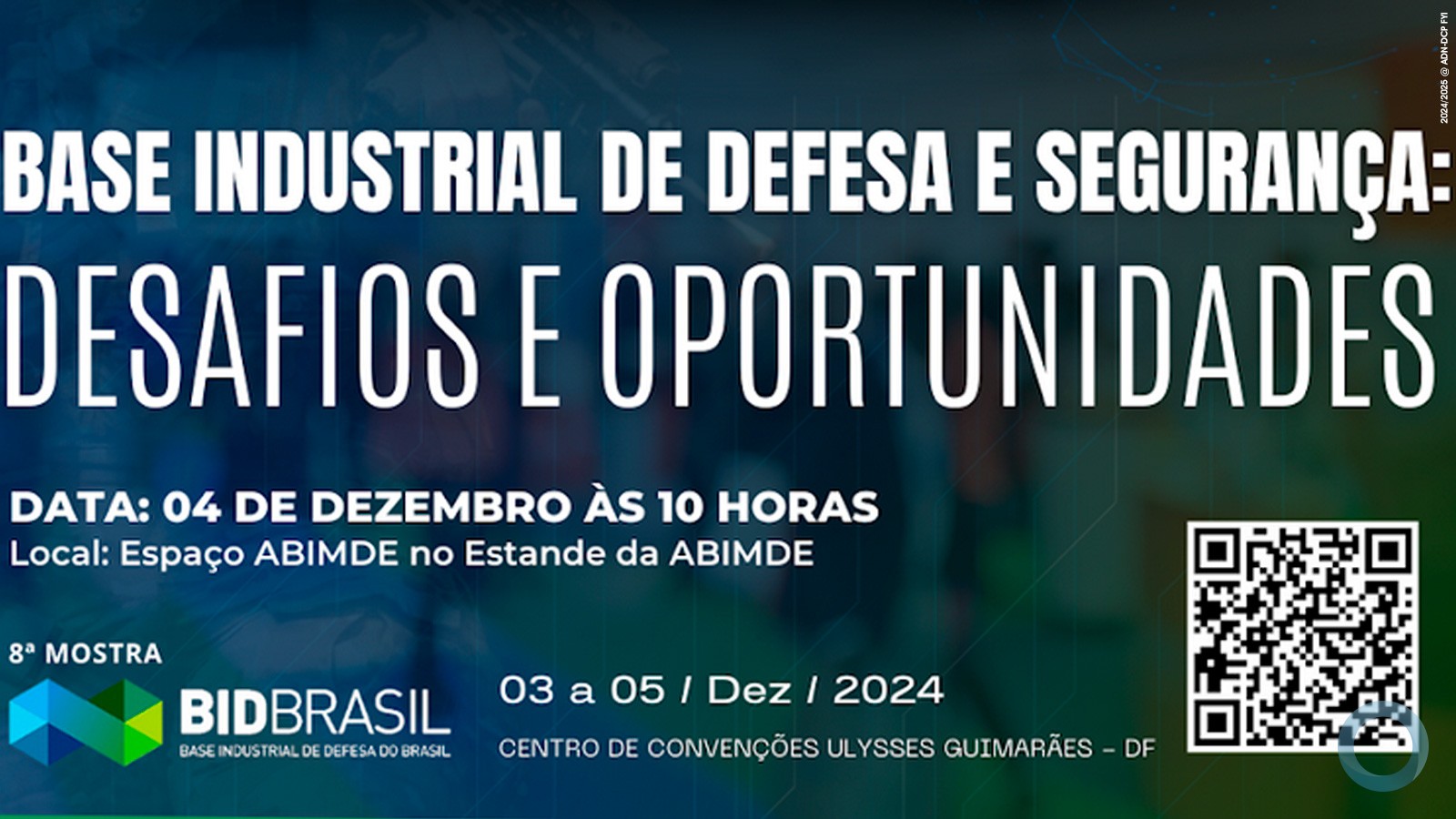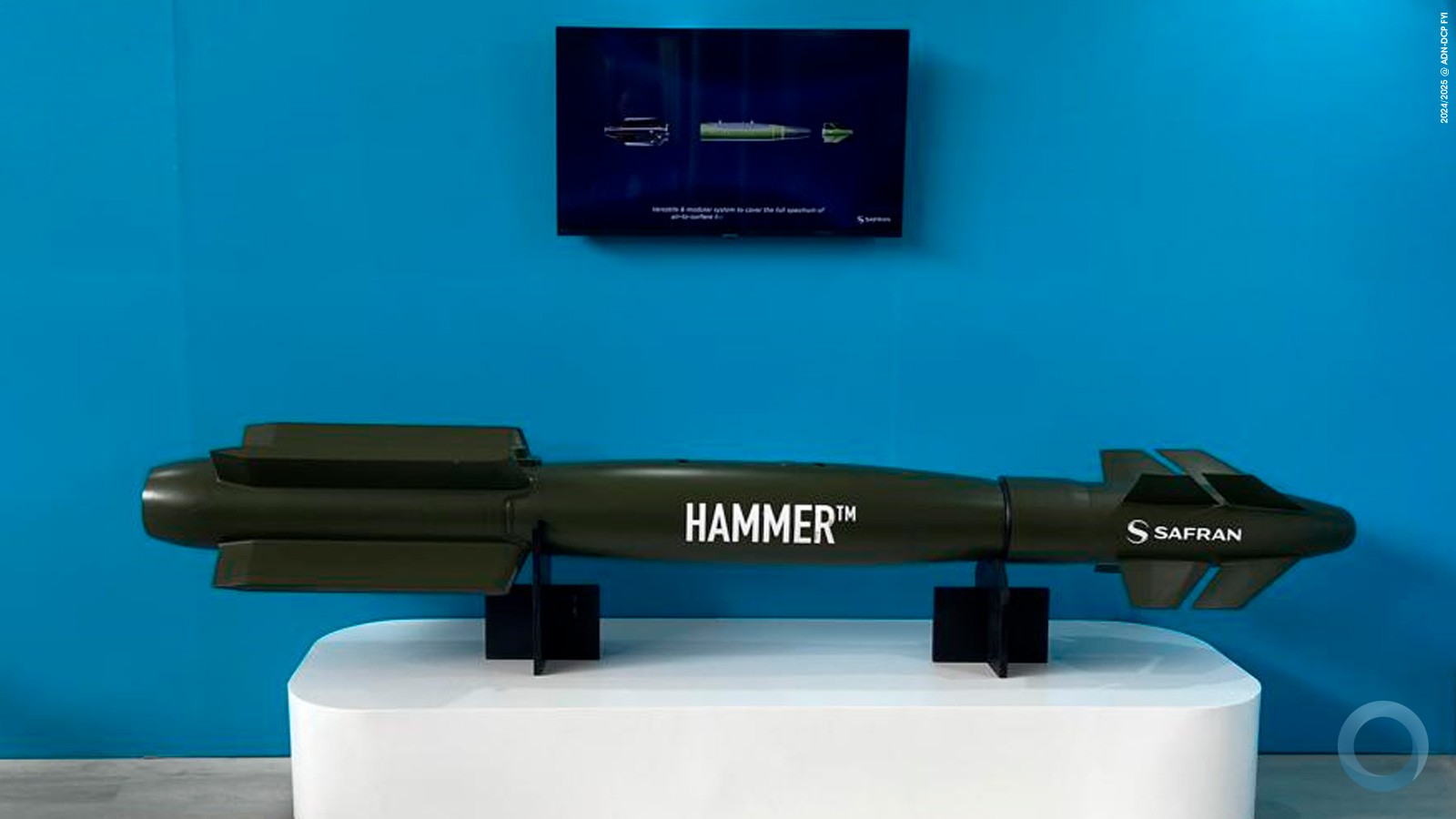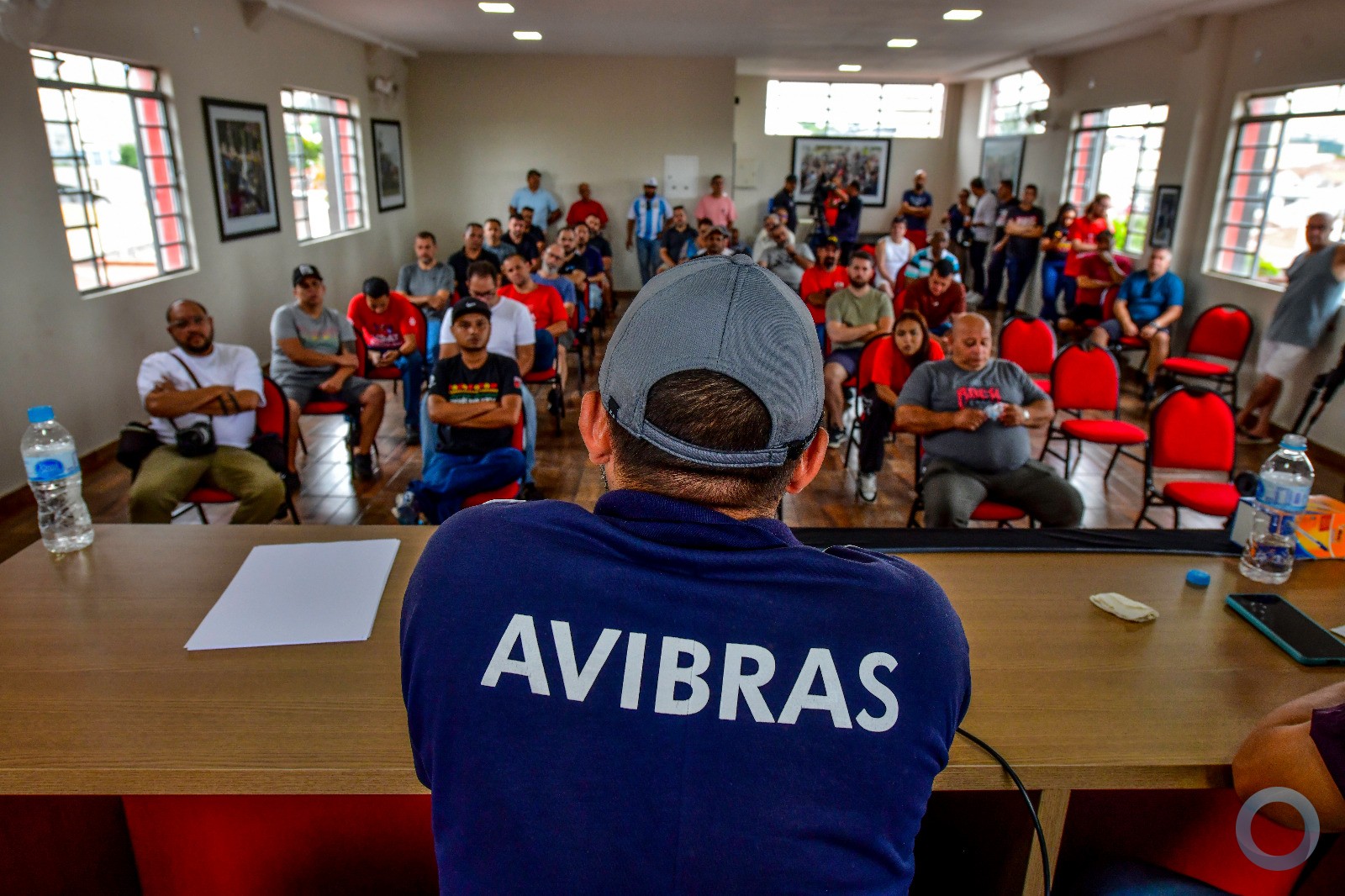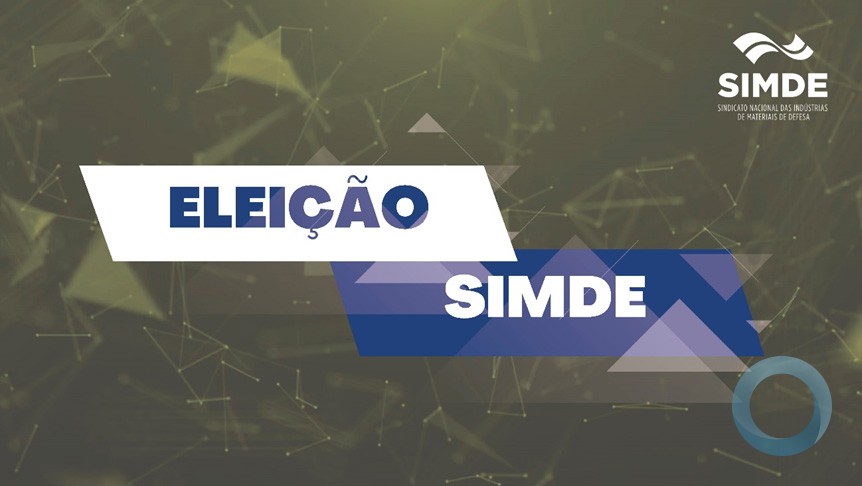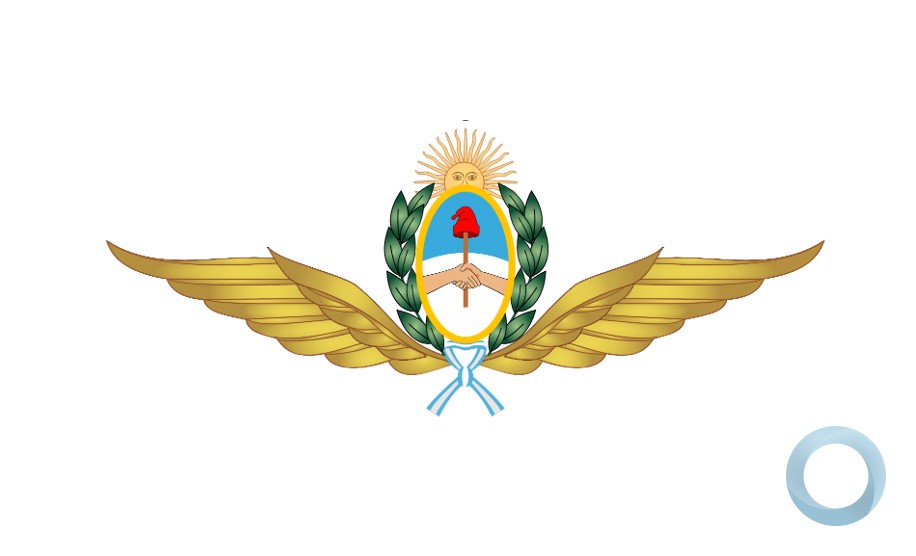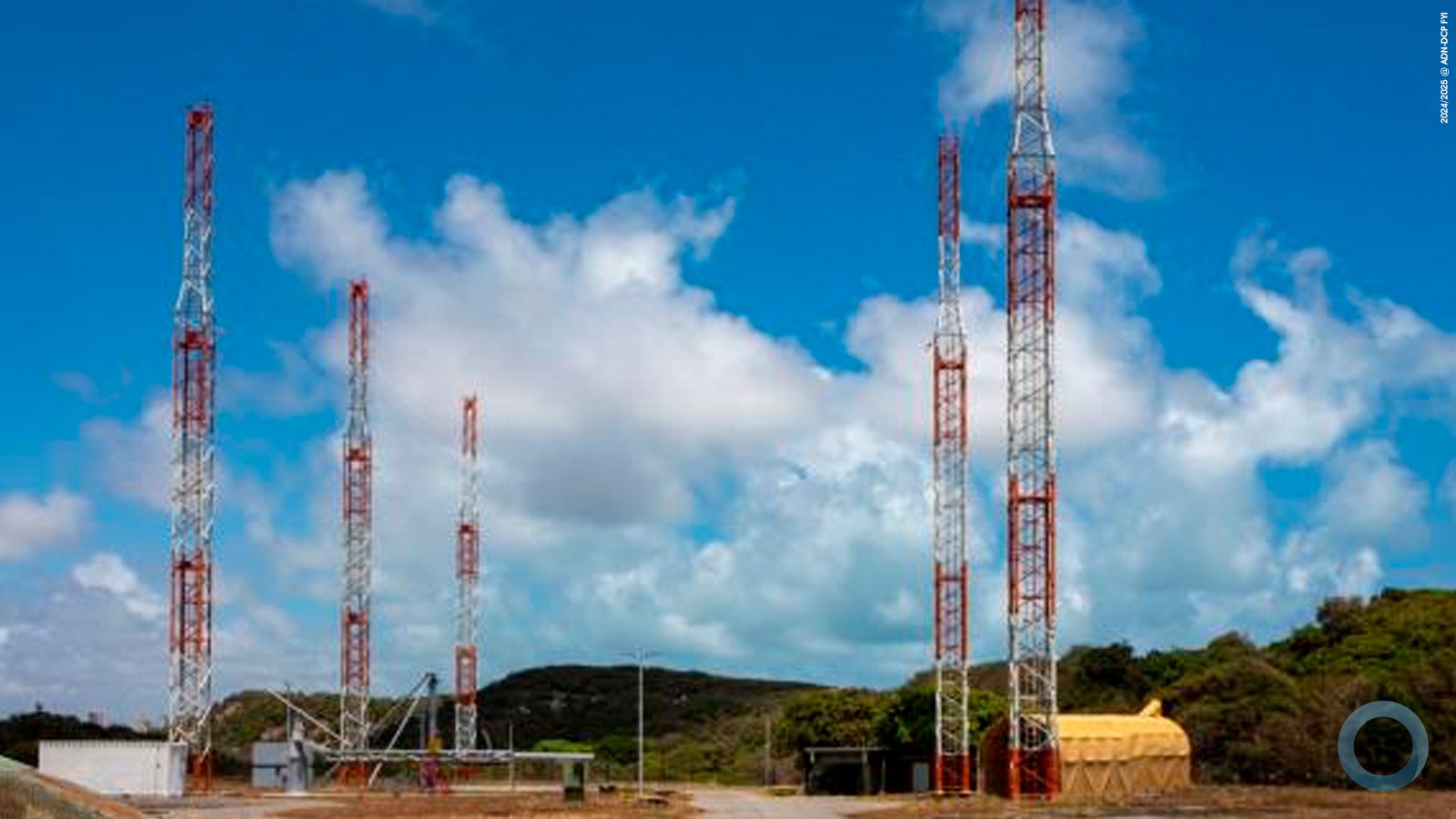Nota DefesaNet
Reproduzimos a palestra da CEO e Presidente da Lockheed Martin Marillyn A. Hewson – Orlando, Florida – 09 Setembro, 2014
Uma leitura imperdível
O Editor
Thank you, Ray [Johnson], and good morning everyone. It’s really great to have the opportunity to speak to you again this year.
The Lockheed Martin Fellows Conference is probably one of the most important events we hold. It gives us an opportunity to bring together the best minds from across the company, to share ideas, discuss priorities, and—importantly as Ray said—focus on innovation.There’s no doubt that innovation is the lifeblood of our company, and you—our Fellows—are the principal drivers of that innovation.
So, I first want to thank you for what you do every day. As Lockheed Martin Fellows, you keep us on the frontier of invention. You constantly challenge the limits of what’s possible, and most importantly, you develop the solutions that our customers need now and will need in the future. In other words, you—the Fellows—are absolutely essential to our culture of innovation and performance, and I’m extremely grateful for your contributions to our success as a company.
Last year at this conference I talked about our legacy and commitment to “Innovation with Purpose” — the idea that we apply our knowledge, experience, and expertise to solve the world’s most pressing challenges. Innovation with Purpose is about focus. It’s about direction. It’s about understanding the big picture and aligning toward a common goal. Our Purpose is what drives us, inspires us, and keeps us on the leading edge as a company.
Today, I’d like to talk more specifically about our purpose. What that purpose really means and how we can best apply our talent, resources, and energy to advance our mission. I believe that our purpose at Lockheed Martin is to change the world for the better. Together, we envision a great future. A future that’s defined by progress, that’s enriched by discovery, and that’s powered by innovation. It’s through this vision that we bring that future forward and engineer a better tomorrow for humankind.
So what does that mean: progress, discovery, and innovation?
To begin, I believe that—in changing the world for the better—progress is a world where the freedom of our nation and our allies is secure. Where safe drinking water is available to everyone. Where clean energy is abundant and affordable. And where essential services for our citizens are delivered seamlessly.
Secondly—when we talk about a world enriched by discovery—examples of our discovery work at Lockheed Martin include enhancing our ability to better understand and preserve our planet. To study our solar system and to someday land astronauts on Mars. To use robots to explore places that humans can’t go. And to harness the power of quantum computing to accelerate our progress.
And when I talk about a world powered by innovation, some of our great examples of innovation include delivering the world’s most advanced fighter aircraft. Re-defining combat ships and ground vehicles to address the threats of the future. Protecting our most valuable data from increasingly sophisticated cyber-criminals. And revolutionizing the factory floor with advanced manufacturing tools and technologies.
Let’s be clear: progress, discovery, and innovation don’t happen by accident. They require pioneers who look beyond the horizon to anticipate the needs of the future and devise solutions the world has never imagined. As Lockheed Martin Fellows, you are those pioneers. You are the visionaries who are focused on answers to questions that have yet to be asked. You are the leaders who apply your creativity and your conviction to shape the future. And you are the catalysts with the resolve to lead change.
Today, you know that we face a dynamic environment with challenges that impact our customers around the world. Conflicts in the Middle East, Eastern Europe, Asia, and Africa are cause for global concern. And terrorism continues to be a major threat to our nation and to our allies. Cyber security is a massive and evolving danger. Hackers have the potential to steal our most important data, to shut down major infrastructure, and to cripple economies, governments, and nations.
With growing populations, global demand for resources is increasing at an unprecedented rate.
Safe drinking water is scarce for many. Clean, sustainable energy remains elusive. And the quality of citizen services—like air travel and cellular communication—is strained by ever-increasing demand.
These challenges transcend geo-political boundaries. And, as you know, our customers represent the global community and all who wish to keep it safe, secure, and free. They rely on the visionary leaders in this room to develop the solutions to tomorrow’s challenges, and to be the pioneers who will define the future. It’s clear to me that you are those pioneers, because you’ve done all this before.
While others were tackling the problems of today with conventional fixes, you pursued the groundbreaking solutions that no one thought possible. While others were designing paper maps that fold better, you invented GPS. While others were focused on producing bigger weapons, you perfected stealth technology. While others were trying to squeeze the last bit of efficiency out of their production processes, you implemented additive manufacturing.
So tell me, what’s the next idea that will change our business—and our world—forever? What idea will help engineer a better tomorrow, for everyone? That’s where each of you comes in. I know that the answers to those questions can be found right here in this room. And, it always starts with an idea.
But—as you know—our customers don’t measure success in ideas. They measure success in solutions. So, working together, we will bring your ideas to the forefront and turn them into the products, technologies, and services our customers need. Because when we’re working together, there’s absolutely no challenge we can’t conquer. No problem we can’t solve.
So I need your help. I need your help to make sure we focus on the right ideas, and that we effectively turn those ideas into action. I want to challenge you today. I want to challenge you to commit to three areas that will help us continue to engineer a better tomorrow for our customers and the world: collaboration, prioritization, and inspiration.
Let’s start with Collaboration.
As our leading scientists and engineers, you’re in very a unique position to make connections. You can link technologies, capabilities, and know-how in ways that might not seem obvious to those closer to the problem. We need you to help break down barriers between business areas. To collaborate across organizational boundaries. And to look for ways to leverage the entirety of our capability to bring innovation to the next level.
As a corporation, we’ve worked hard at this, and tried to create an environment for more effective collaboration. Under Ray [Johnson]’s leadership, we aligned the Corporate Engineering, Technology, and Operations organizations to ensure we have the right people, processes, tools, and technologies in place. We’ve formed enterprise-wide councils around Engineering & Technology, Production Operations, Program Management, Supply Chain, and Sustainment. These councils bring together resources from across the corporation to focus on challenges and areas of opportunity. We’ve created a framework for directing our efforts around the 14 Strategic Technology Threads. And, we’ve established partnerships with leading universities, industry players, and government agencies around the world.
Today, I encourage you to take collaboration even further. I encourage you to pursue opportunities to bring the best ideas forward no matter where they come from. And sometimes those ideas come from unexpected areas of an organization.
There’s a great story from the early days of the space shuttle program that I’d like to share with you. NASA was looking for ways to reduce the shuttle’s weight by 600 pounds so they could carry more cargo, and they could do it with less fuel.
Engineers thought they could reduce the weight of the large external fuel tank, and they looked at countless ways to solve the problem. They studied new materials, looked at parts that could be removed, and investigated different designs. Yet no matter what they tried, they couldn’t figure out the solution. Finally, a technician on the shop floor said, “Why don’t you just stop painting the tank white?” You see, NASA had always painted the external tank because they wanted it to match the rest of the shuttle. They thought it looked nice.
The team was perplexed. How much could the paint possibly weigh? It turns out, interestingly, it weighed about 600 pounds. The tank was never painted again, and instead remained its iconic orange color. The cost to solve the problem was zero. In fact, it saved money. That is a solution that came from collaboration. And I encourage you to help us focus on collaboration.
The next action I need you to take on is to help us prioritize.
These are challenging times, and we face increasingly constrained resources. We must work together to relentlessly prioritize our investments in support of our common vision. I need your help to inform our investment decisions, and prioritize our research and development so that we can have the biggest impact for our customers.
Many don’t realize that—despite decreasing defense budgets and global economic uncertainty—we’ve increased our IRAD investment for three consecutive years, and will increase it again this year. Of course, there is always the desire to invest more. Yet we have to always prioritize to make sure we’re doing the right things, the right way.
To do that I need you to ask questions. I need you to ask where can we add the most value for our customers? Where can we offer a discriminating advantage over our competitors? And where can we apply an existing capability to address a new problem or challenge? We have a finite pool of R&D funding, and we must focus on the areas that will have the biggest impact to ensure our long-term success.
Astro-physicist Neil deGrasse Tyson has a great philosophy when it comes to prioritizing the work he takes on. He says, and I quote, “If somebody else can do something that I'm doing they should do it. What I want to do is find things that would represent a unique contribution to the world. The contribution that only I and my portfolio of talents can make happen. Those are my priorities in life.”
Now let’s take that to the company level—along with the collaboration—I challenge you to look at the slate of opportunities ahead of us and identify the ones where Lockheed Martin can make a unique and extraordinary contribution. Look for those differentiating innovations that will change the world and shape the future.
Finally—and perhaps most importantly—I challenge you to inspire our next generation of technical talent and to develop our future innovators. Some of them are in this room today. I ask that you share your knowledge, share your experience, and share your expertise with them. Because doing so can begin a surge of innovation at all levels of the organization.
You know as well as anyone that we’re facing a critical shortage of talent in Science, Technology, Engineering, and Math—the STEM fields. In fact, estimates put the shortfall at more than one million STEM professionals over the next decade. We’re competing for that talent, not just with other defense companies but with the likes of Google, Apple, and IBM.
So to attract and retain the best talent, we must show potential employees that Lockheed Martin is an incubator of innovation, working on some of the most exciting technologies ever dreamed of. And that shouldn’t be hard, because we are. We must enhance our culture of diversity and inclusion, embracing different ideas, backgrounds, and experiences. We must inspire the future Lockheed Martin Fellows to pursue their careers with us. We must create an environment where taking measured risks—and thinking differently—are encouraged and rewarded.
As we look to the future and build that pipeline, we must continue to inspire the next generation of youth to pursue careers in STEM fields by showing them how exciting and rewarding it can be. Many of you are out speaking at conferences, visiting universities, and meeting with students to do just that.
I recently heard from one student who was inspired by a Lockheed Martin employee to pursue a career in STEM. Sydney Studebaker was a high school student who participated in a Lockheed Martin sponsored STEM education program called “Project Lead the Way.”
She was selected to join Lockheed Martin employees to witness the launch of an Advanced Extremely High Frequency satellite. Sydney said that meeting engineers who have dedicated years of their lives to a project that will impact the security of our country helped her see the difference that she could make. She said that was the first time she thought to herself, “I am going to be an engineer.” She was inspired by our engineers, and she started classes at the Milwaukee School of Engineering a few weeks ago.
So those three things—collaboration, prioritization, and inspiration—are the keys to leading change at Lockheed Martin, and to changing the world for the better. They are the actions that are driven by our purpose to engineer a better tomorrow. I have no doubt that the people in this room will lead the way. Because the fact is, I see you doing it every day.
There was a recent news article that quoted Robert Boyd, a program manager from SkunkWorks, talking about how we push the boundaries of innovation. And I thought Robert really drew a great analogy. He said, and I quote, “It's sort of like, how do you write a song? Do the lyrics come first or the music? Sometimes it goes both ways. What we create are products at the intersection of what's possible with what's needed." Robert is exactly right. It is at the intersection of innovation and performance where we do our best work. And it’s how we will build a better world for the next generation.
As you saw in the video, we tried to capture that spirit—your spirit of innovation—in our new branding campaign. In fact, the closing line of the video we played this morning really says it all. It says, “We don’t know what’s going to change the world next, but we’re probably already working on it.” I know the brilliant minds in this room have ideas on how to change the world next. And I can’t wait to see what you do.
We envision a bright future defined by progress, enriched by discovery, and powered by innovation. It won’t happen by accident. We need you to help us engineer a better tomorrow.
Thank you for all you do to make Lockheed Martin an exceptional company.




















